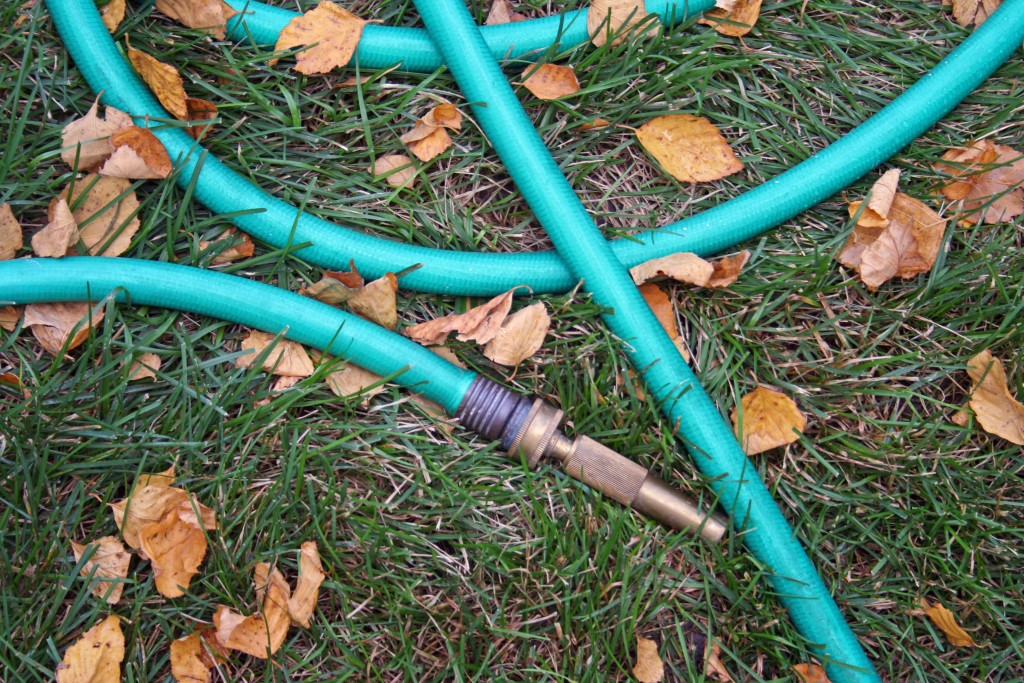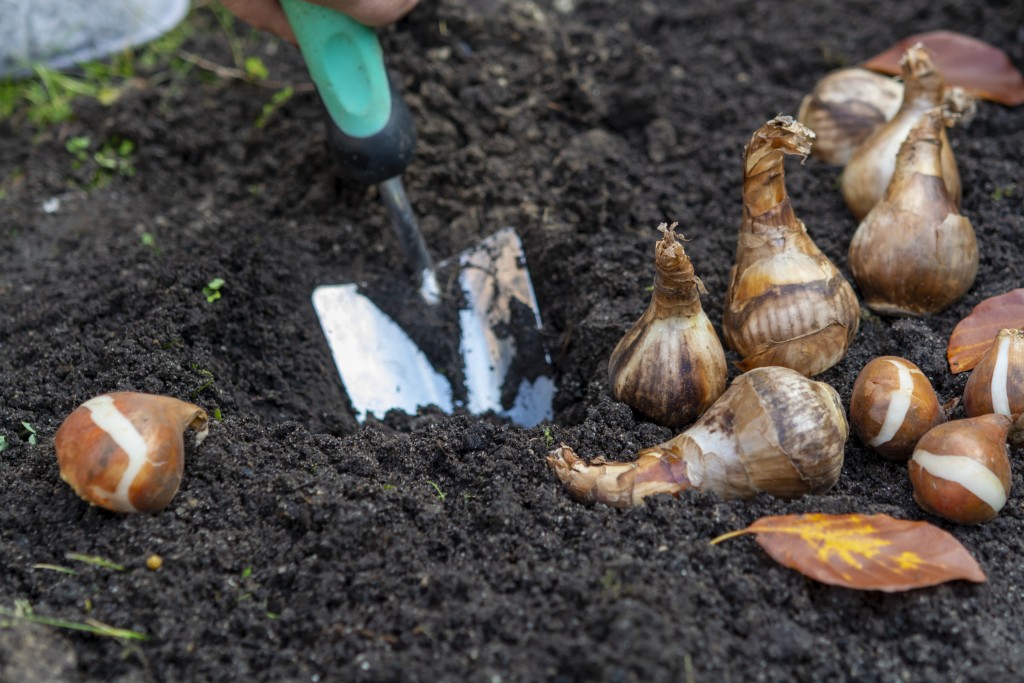Protecting Houseplants & Annuals
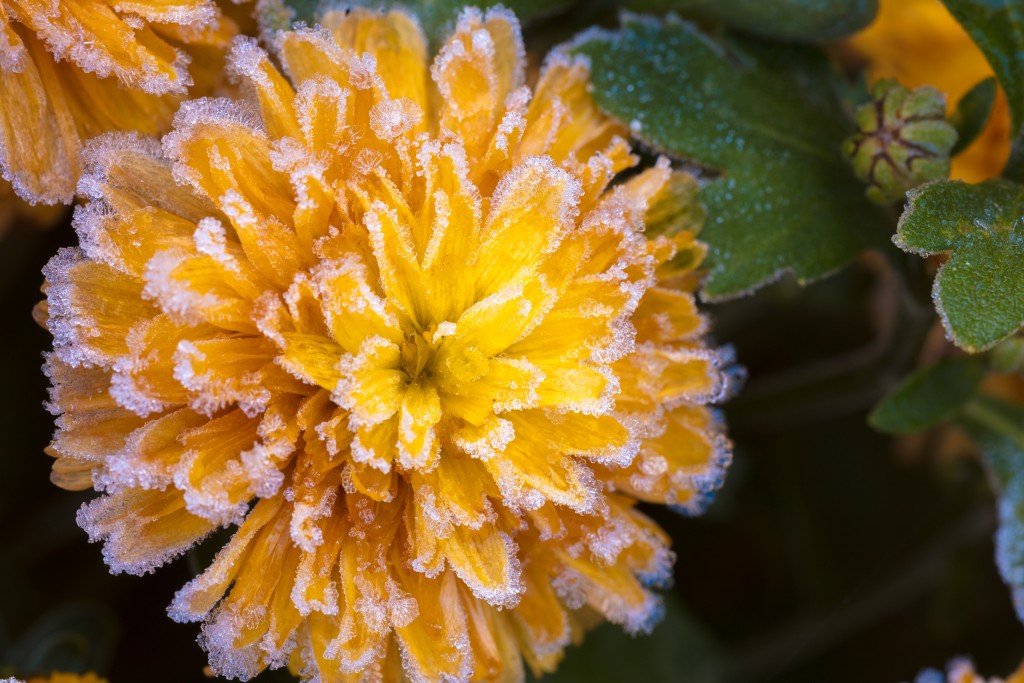
Widespread frost is likely for the next few nights, as temperatures fall into the 30s in Red Wing, so that means it’s time to get serious about cold weather prep!
If you happen to have any houseplants still sitting on your porch or patio, you’re going to want to bring those in today to avoid damage or worse, death. Most folks have likely taken steps to protect their indoor babies and moved them indoors a week or more ago, but if you haven’t, get after it!
For those who are limping their summer annual planters along, like I am, you’ll want to protect your annual pots and planters by covering them up with a sheet or blanket or by bringing them indoors overnight. This will protect them from frost damage and keep them going until daytime temps dip to a point where you’ll just have to let them go and move on for the year.
Mums can tolerate temps down to 28F–their bloom rate may slow with the cold–and kale can tolerate even colder weather, but bringing them in, or covering them–along with your Autumn combination containers–will ensure your planters look good through the cool days ahead. This isn’t necessary like it is for houseplants, but it does help if you want them to last longer into Autumn.
Keep on Watering
When the first frost hits, it seems most folks tend to quit watering their trees, shrubs, and perennials. It makes sense…they’ve lost their leaves, it’s cooler out, and we want to disconnect and drain our hoses. But the truth is, you want to keep watering every 10-14 days until the ground freezes (about mid-November). This year, watering into November is especially important as our area is still experiencing “Moderate Drought” conditions. 1 MNDNR.
Watering into November is essential for keeping established trees, shrubs, and perennials healthy, for staving off winter burn, helping prevent maple decline, and establishing new landscape plants in their environments.
Minnesota spent most or all of the summer in various stages of drought, so plants still need a good amount of water before they go fully into dormancy for winter. Giving all your plants a good soaking every 10-14 days until hard frost sets in is extremely important if you want to avoid serious losses in the spring. Even watering large shade trees that you wouldn’t think need it, can be a great idea this year.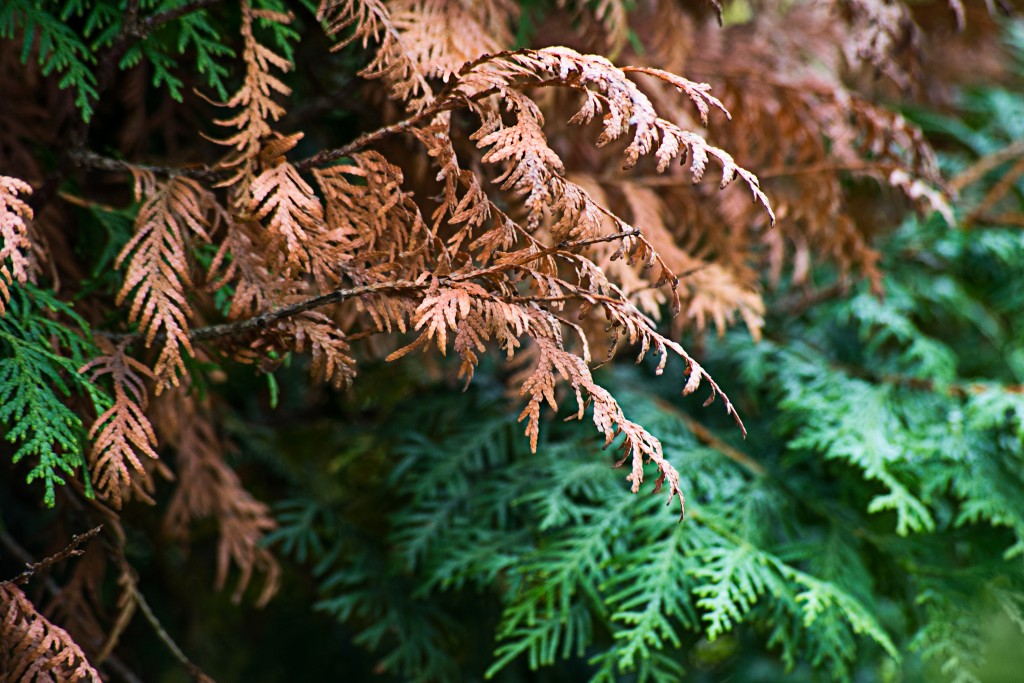
While all plants can benefit, if you’re short on time this fall, focus on evergreens, boxwoods, maples, fruit trees, and any newly planted landscape trees, shrubs, and perennials.
Plant Spring Flowering Bulbs
It’s hard to think about spring when we are enjoying the beauty of autumn and talking about gearing up for winter, but for us Northern gardeners, this really is the best time to plant spring-blooming bulbs! If it seems like a strange thing to do now, just know that planting bulbs now allows them time to root in and ready themselves for the colorful spring show! When you’ve decided you do want to plant, it’s important to consider…Read more.
Pruning
We get a lot of questions about when the right time to prune is and the advice is tricky because it’s different for each plant. The University of Minnesota Extension has a great list on its site that can guide you. List Here!
Know that you want to avoid pruning lilacs, Azaleas, and Forsythia, and some kinds of hydrangeas in the fall because you will disturb the flower buds that the plants have already set. For more info on Hydrangea, pruning check out the UofM Extension’s article on Hydrangea Pruning!
Fertilizing
The only thing you’ll want to consider fertilizing this time of year is your lawn. In other outdoor plants, you don’t want to encourage new growth this time of year.
Leaves
Forgoing raking and blowing not only saves time and energy, but also has an extraordinary number of benefits for lawns, gardens, pollinators, and other species! The organization Leave Leaves Alone offers this list on their website:
Leave Leaves Alone | The Benefits of Leaf Mulching
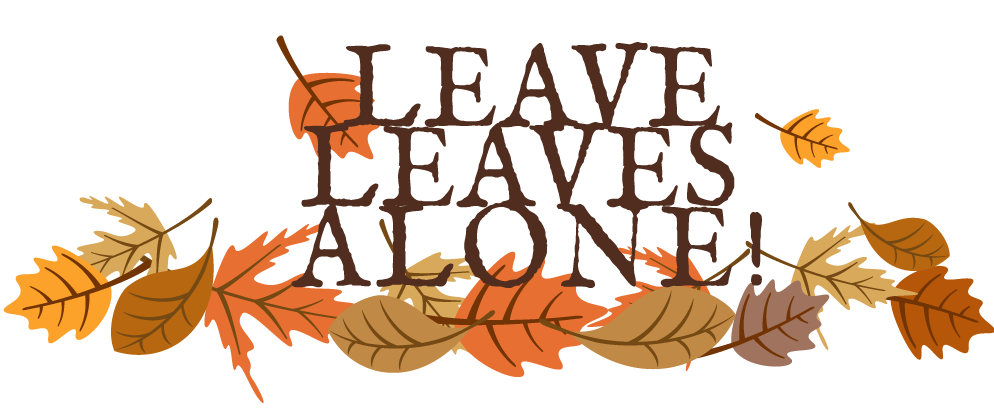
The benefits of mulching the leaves into the lawn are numerous and scientifically proven:
- Mulching is quieter and cleaner than leaf blowing
- Mulching reduces the need for fertilizer and avoids water pollution by reducing phosphorus and fertilizer leaching
- Mulching reduces the safety hazard of piled up or bagged leaves on the roadsides and saves taxpayer money for municipal leaf collection
- Mulching improves soil structure, water retention, and percolation
- Mulching encourages the grass roots to penetrate more deeply, improving grass health
- Mulching makes the lawn more resilient to weather events like drought and flooding.
Give us a call if you have any questions about preparing for cold weather, pruning, leaf mulching, or watering for winter!



